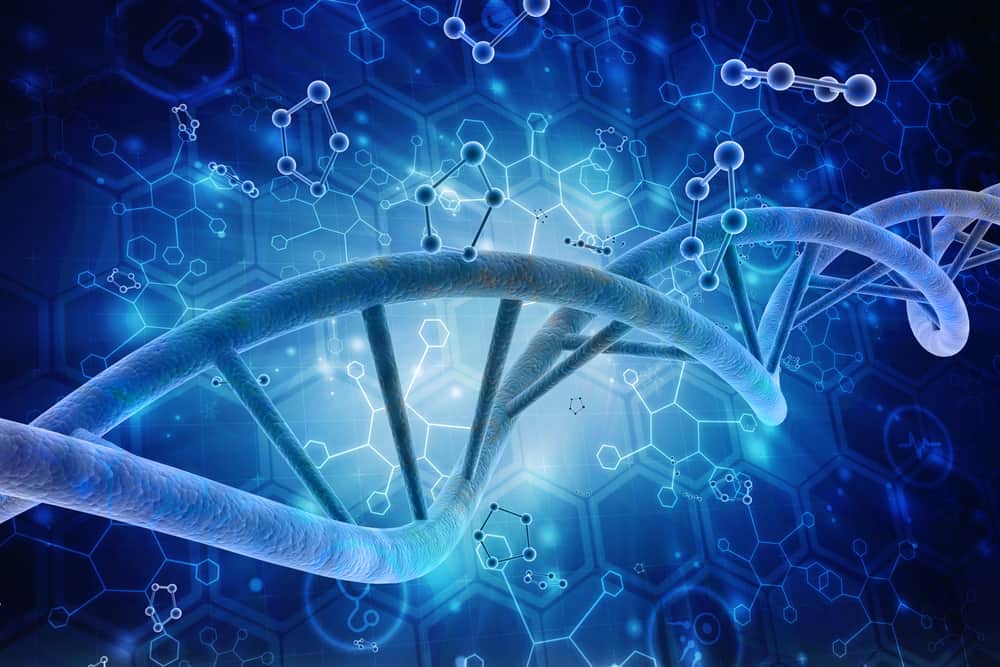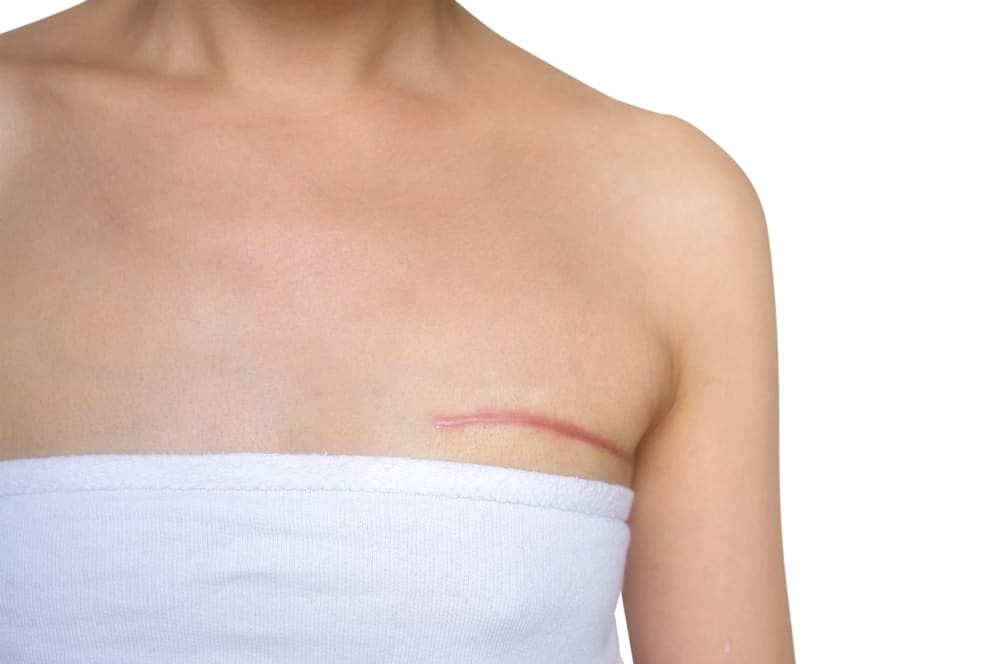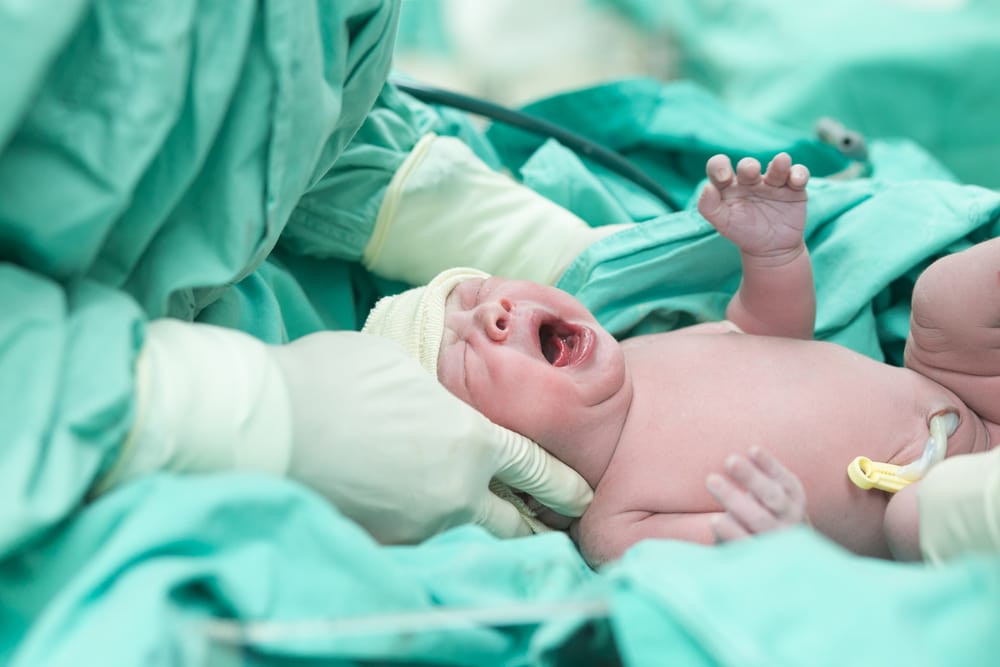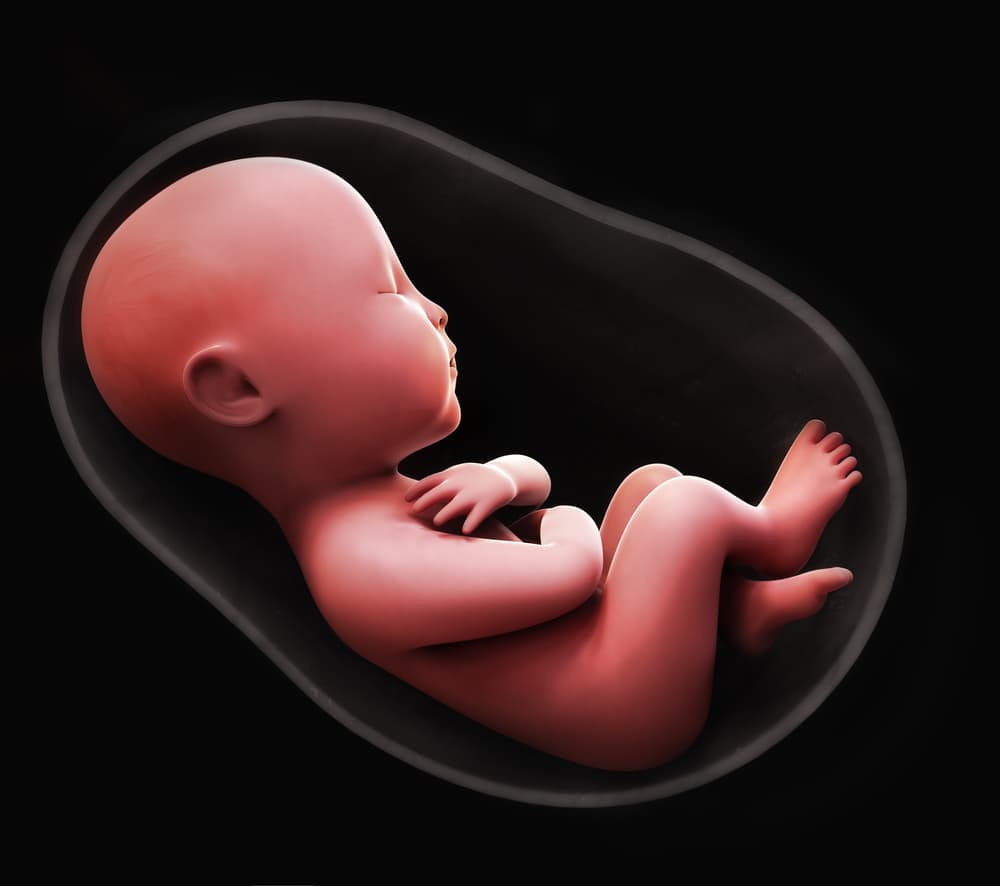Contents:
- Medical Video: Hirschsprung disease (congenital aganglionic megacolon) - causes & symptoms
- What is Hirschsprung's disease?
- What causes Hirschsprung's disease?
- Signs and symptoms of Hirschprung's disease
- How do you treat Hirschsprung's disease?
- Procedure pull-through
- Ostomy surgery
Medical Video: Hirschsprung disease (congenital aganglionic megacolon) - causes & symptoms
In the human body, the gut moves in accordance with the course of food, which will end up in the large intestine and towards the rectum. The movement of the intestine is regulated by the nervous system in the intestine, which allows the intestine to carry out continuous squeezing and relaxation movements. But some congenital abnormalities can cause the intestinal nerve to be imperfect, causing a dangerous intestinal blockage. One of them is Hirschsprung's disease.
What is Hirschsprung's disease?
Hirschsprung's disease is a rare disease that occurs due to birth defects in nerve cells in the baby's intestine. Under normal conditions, the intestine has a variety of nerve cells along the intestinal organs that function to regulate the intestine. Nerve cells that do not extend to the tip of the intestine make the intestines unable to work properly and cause imperfect movements. As a result, there is a blockage in the tip of the intestine.
Basically, the human intestine consists of the small intestine and large intestine, then there is a rectum that connects the intestine to the anus. Most cases of Hirschsprung's disease occur in the large intestine and rectum. But in some cases, nerve disorders can also occur at the end of the small intestine that leads to the large intestine, or even in most of the small intestine.
Bowel obstruction can usually be found when the patient is a baby and needs immediate treatment. Even so, this disorder can also be detected years later during childhood with mild to moderate symptoms. Intestinal blockage is a serious and risky condition for gastrointestinal infections that can cause death, so it needs to be addressed as early as possible.
What causes Hirschsprung's disease?
Early Hirschsprung's disease occurs during the growth of the fetus in the womb. This happens because nerve cells stop developing before all parts of the intestine have perfect nerve cells. That is, nerve cells that do not reach the end of the intestine.
Until now there have been no studies that can reveal the causes or triggers of Hirschsprung's disease because of the rare cases. This disorder is only found in 1 in 5000 babies born. Hirschsprung's disease may be derived from parents who also experience it.
Hirschsprung's disease is more common in infants with other congenital defects such as congenital heart abnormalities. This condition itself is also found in many infants with Down syndrome, about 1 in 100 children Down syndromealso has Hirschsprung's disease.
Signs and symptoms of Hirschprung's disease
Hirschsprung's disease can be detected by a physical examination such as checking for swelling of the stomach and checking the nutritional status of the child. Special examination of the area around the abdomen and rectum is also needed to make a diagnosis.
Parents should be suspicious when the baby does not remove meconium or feces for the first time in dark, in less than 48 hours after birth.
The main symptoms of Hirschsprung's disease in infants include:
- Vomit with brown or green
- Expending a lot of feces after examining the rectum by inserting a finger into the rectum
- Diarrhea which is often accompanied by blood
- Baby's stomach looks swollen
While the symptoms of Hirschsprung's disease at the age of children include:
- Chronic constipation
- Bloody diarrhea
- Swelling of the stomach
- Complaints of pain in the abdomen
- No appetite
- Experiencing growth disorders
If the symptoms do not disappear or the disease is not treated, it will cause intestinal infections or enterocolitis. Enterocolitis sufferers need immediate treatment with antibiotics and intravenous fluids. Enterocolitis can be preceded by several symptoms:
- The stomach looks swollen
- Diarrhea
- There is blood coming out of the anus
- Fever
- Limp
- Throws up
How do you treat Hirschsprung's disease?
Most of the conditions of patients with Hirschsprung's disease improve after treatment. This can be done in several ways, including:
Procedure pull-through
This is the most common treatment. It is done by removing the intestine that does not have normal nerves, and connecting the normal part of the intestine to the anus. However, this treatment can cause side effects including:
- Narrowing of the anus
- Constipation
- Constipation
- Stools that "leak" or come out by themselves from the anus
- Children practice late using the toilet
- Risk of intestinal infection (enterocolitis)
Usually these side effects improve with time and the doctor's treatment. Most successful handling and digestive tract of children can work normally.
Ostomy surgery
This is a treatment that aims to create a new route for faecal disposal, so that the child defecates not through the anus but through making a channel that comes out of the area of the abdomen or stomach, called the stoma.
This treatment requires a bag to be attached to the stoma and needs to be emptied at some time every day. Most children with Hirschsprung's disease do not need to undergo this treatment method. This procedure is also temporary when cutting and connecting the healthy intestine to the procedure pull-through it can't be done yet.
Children who undergo an ostomy need a lot of adjustments to their condition. Starting from lifestyle changes and learning to treat stoma and replace the ostomy bag. Providing a good understanding is also needed by the child so that they do not worry or feel different because of having an ostomy surgery.












